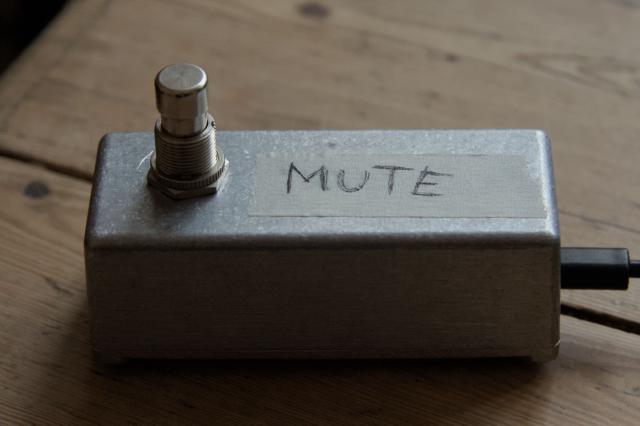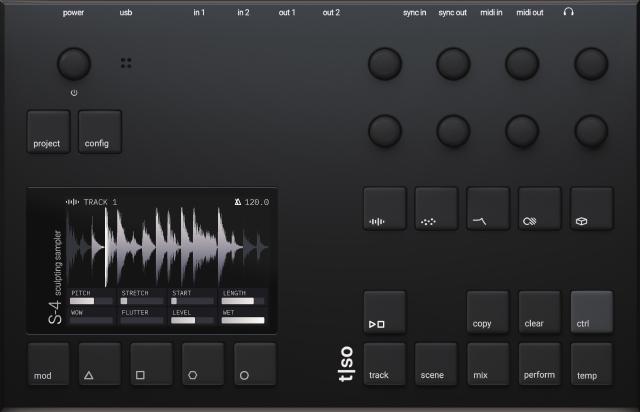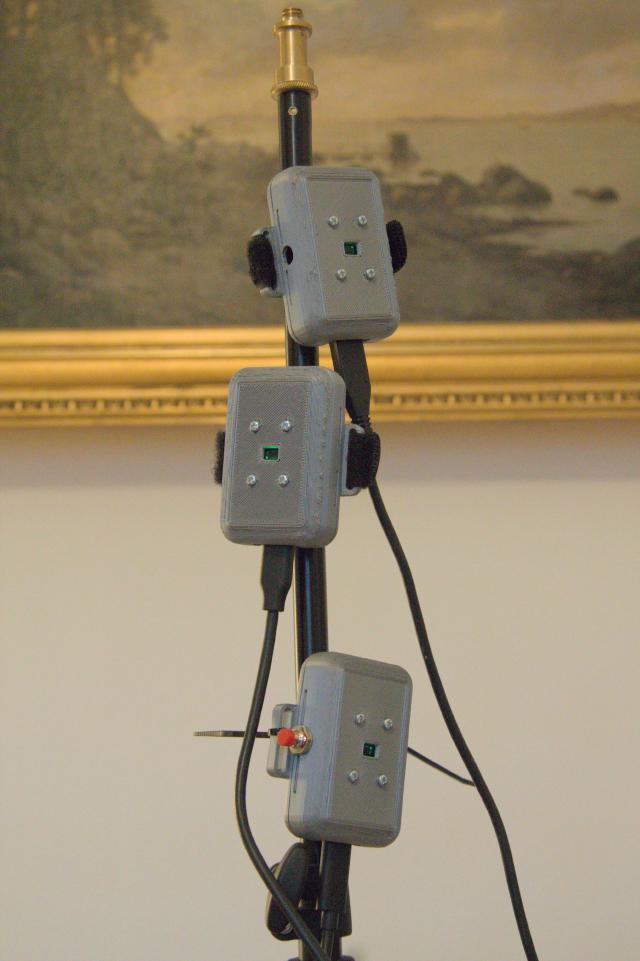Development

I develop hardware and software for music instruments, installations and art projects, for other people (formerly via Torso Electronics and NOTAM), as well as for my own arts projects.
I open source some of the hardware and software I produce for myself on github.com and contribute to a variety of open source projects.
Here are some examples:
Torso Electronics S-4, Sculpting hardware sampler

Torso Electronics S-4 is a futuristic, sculpting sampler designed to explore malleable sound that I helped make.
See it in action here:
Birdhouse, OSC to MIDI plugin
With BirdHouse you can receive OSC messages with a DAW or plugin host and have them converted to MIDI.
The Birdhouse OSC to MIDI plugin is a simple plugin that listens for OSC messages, processes their data and sends outputs it as MIDI to allow using it in a DAW or other plugin host environment. Each instance of Birdhouse is able to process a stream of OSC messages to a MIDI event type, with a visualization of the stream and the ability to mute/unmute the output data.
Sparrows, Wireless sensor devices

Sparrows is a framework for creating low cost wireless sensor devices for use in interactive installations, performances and music instruments. Examples of these include one with a time-of-flight lensor for measuring distances, one with a light sensor and a more complicated battery powered one which tracks a person’s movements.
The project is open source and includes firmware for the microcontrollers, 3D-printable enclosures as well as helper software for controlling a network of Sparrows. Firmware is available at github, and an example of a helper software for SuperCollider may be found here.
3D audio head tracker, DIY hardware
For Notam, I developed this DIY 3D audio head tracker for 3D audio production purposes. By tracking your head’s movements, it allows you to preview a 3D audio (ambisonics) mix binaurally using headphones. Source code and more information can be found here. The project includes a 3D-printable enclosure that you can put the sensor in and attach it to your headphones.